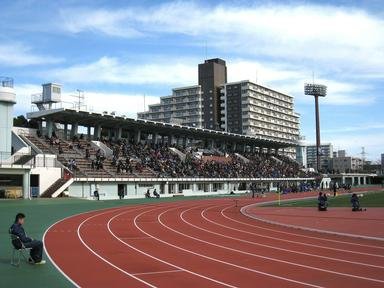Quiz Answer Key and Fun Facts
1. Owens was born James Cleveland Owens in 1913. What led to Owens taking up the name "Jesse"?
2. It wasn't long before a young Owens discovered he had a passion for running. Who did Owens attribute his successful career to?
3. On 25 May 1935 at the Big Ten meet in Ferry Field, Michigan, Owens broke three world records. Which of these world records was *NOT* broken that day?
4. Which important figure tried to dissuade Owens from competing in the 1936 Olympic Games in Berlin?
5. Jesse Owens won four gold medals at the Olympic Games in Berlin in 1936. Which event did he win first?
6. What in particular was controversial about Owens' and Team USA's win in the 4 x 100m relay in the 1936 Olympics?
7. Owens defeated an older relative of which legendary athlete in the 200m sprint?
8. When Owens won his first gold medal on 3 August 1936, why did Nazi leader Adolf Hitler not shake Owens' hand?
9. What is the name of the movie released in 1938 that depicted many key moments from the 1936 Olympics, including some of Owens' exploits?
10. After the completion of the 1936 Olympics, what was one of the first things Owens did upon his return to his home country?
11. Owens was world-famous after the 1936 Olympic Games, but he still struggled to make ends meet financially. Which of these was *NOT* one of the jobs he took up after his Olympic success?
12. Black athletes continued their fight against institutional racism into the 1960s, with the 1968 Olympics in Mexico City remembered for the Black Power salutes made famous by Tommie Smith and John Carlos. What was Owens' opinion on the Black Power salutes?
13. Owens died on 31 March 1980 at the age of 66, surrounded by close family and friends. Who said after his death, "Perhaps no athlete better symbolised the human struggle against tyranny, poverty and racial bigotry"?
14. Which of these posthumous tributes to Owens came first?
15. In 1999, Owens was named as the sixth greatest North American athlete of the 20th century by ESPN. Which of these four athletes finished above Owens?
Source: Author
TheOracler
This quiz was reviewed by FunTrivia editor
gtho4 before going online.
Any errors found in FunTrivia content are routinely corrected through our feedback system.

